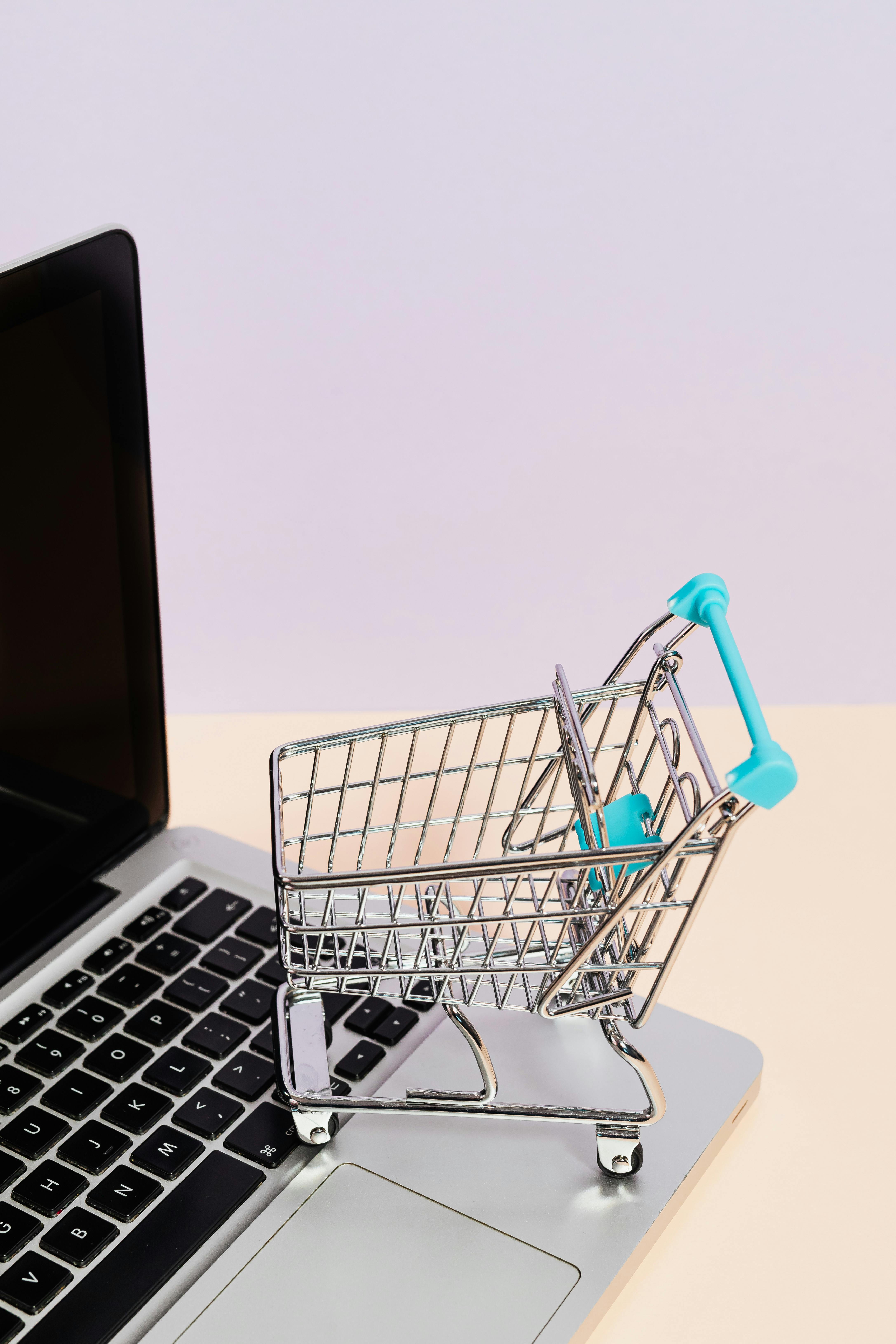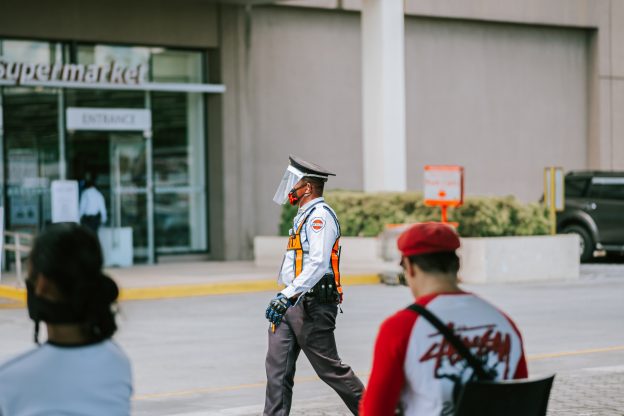In today’s digital age, the importance of social media account security cannot be overstated. As individuals and businesses alike rely heavily on social media platforms to connect with others, share information, and promote their brand, the risks of cyber threats and data breaches are ever-present. This article aims to provide valuable insights and practical advice on safeguarding your social media accounts from unauthorized access and potential harm. By addressing common concerns and offering expert guidance, we aim to equip readers with the necessary tools and knowledge to protect their online presence effectively.
Why is Social Media Account Security Important?
Social media has become an integral part of our lives, allowing us to connect with friends, share memories, and engage with communities. However, with the increasing use of social media platforms, there is a growing concern about the security of personal information and the risks associated with it. This article will highlight the importance of social media account security and provide practical tips to ensure the protection of your personal and professional online presence.
Protecting Your Personal Information
The first and foremost reason why social media account security is crucial is to protect your personal information. Social media platforms collect a vast amount of data about their users, including their names, email addresses, phone numbers, and even location history. This information, if in the wrong hands, can be exploited for various purposes, including identity theft, phishing attacks, and financial fraud.
By implementing robust security measures, such as strong passwords, two-factor authentication, and privacy settings, you can minimize the risk of your personal information falling into the wrong hands. It is essential to be mindful of the information you share on social media and always exercise caution when interacting with unknown individuals or organizations.
Preventing Identity Theft
Identity theft is a grave concern in today’s digital age. Cybercriminals can use stolen personal information to impersonate individuals, commit fraudulent activities, or gain unauthorized access to sensitive accounts. Social media accounts can be a gateway for identity theft if proper security measures are not in place.
To prevent identity theft, it is crucial to create strong and unique passwords for each social media account, avoid sharing personal information publicly, and regularly monitor your accounts for any suspicious activity. By being proactive and vigilant, you can significantly reduce the risk of falling victim to identity theft.
Maintaining Reputation and Trust
In the digital age, maintaining a positive reputation and building trust is vital, both for individuals and businesses. Social media is a powerful tool for personal branding and showcasing the values and expertise of businesses. However, a compromised social media account can tarnish your reputation and erode the trust you have established with your audience.
Securing your social media accounts is essential to ensure that unauthorized individuals cannot post inappropriate content, engage in malicious activities, or damage your brand’s reputation. By taking steps to protect your accounts, such as enabling two-factor authentication and carefully managing access permissions, you can safeguard your online reputation and maintain the trust of your followers.
Avoiding Financial Losses
Financial fraud is a significant concern in the digital realm, and social media accounts are not immune to such threats. Cybercriminals may attempt to gain access to your accounts to carry out financial scams, such as phishing attacks, ransomware, or unauthorized transactions.
By implementing robust security measures, such as regularly changing passwords, monitoring account activity, and being cautious of suspicious links and emails, you can minimize the risk of financial losses. Additionally, promptly reporting any unauthorized transactions or activity to the respective social media platform can help mitigate further damage.
How to Create Strong and Secure Passwords
Passwords serve as the first line of defense in protecting your social media accounts. Creating strong and secure passwords is essential to prevent unauthorized access and ensure the security of your personal information. Here are some best practices for creating strong passwords:
The Importance of a Strong Password
A strong password is the foundation of account security. It should be unique, complex, and difficult for others to guess. Weak passwords, such as common words or sequences, make it easier for hackers to breach your accounts.
Password Length and Complexity
When creating a password, aim for a minimum length of ten to twelve characters. The longer the password, the harder it is to crack. Additionally, use a combination of upper and lower case letters, numbers, and special characters to increase complexity.

Avoiding Personal Information in Passwords
Avoid using personal information such as names, birthdays, or addresses in your passwords. Hackers can easily guess or obtain this information through social engineering techniques or data breaches. Instead, opt for random combinations of characters that are unrelated to your personal life.
Using a Password Manager
Managing multiple passwords can be a challenge, leading many users to reuse the same password across different accounts. This practice, however, significantly compromises security. Consider using a password manager, which securely stores all your passwords and allows you to generate strong, unique passwords for each account.
Enabling Two-Factor Authentication
Two-factor authentication (2FA) provides an extra layer of security to your social media accounts. It adds an additional step to the login process, requiring users to provide a second form of authentication, typically a verification code received on their mobile device. Here is why two-factor authentication is important and how it works:
What is Two-Factor Authentication?
Two-factor authentication is a security feature that adds an extra layer of protection to your social media accounts. Rather than relying solely on a password, it requires users to verify their identity using a second factor, typically something they possess, like a smartphone or a hardware security key.
How Two-Factor Authentication Works
When you enable two-factor authentication on your social media accounts, you will be prompted to provide an additional verification code after entering your password. This code is usually sent to you via SMS, email, or generated through an authenticator app. By requiring this second factor, even if someone manages to obtain your password, they would still need access to your mobile device or authenticator app to gain entry.
Enabling Two-Factor Authentication on Social Media Platforms
Most popular social media platforms offer two-factor authentication as an option in their account settings. To enable it, navigate to the security or login settings of the respective platform and follow the instructions provided. Once enabled, you will have an added layer of security and peace of mind knowing that your accounts are less susceptible to unauthorized access.
Recognizing and Avoiding Phishing Attacks
Phishing attacks are a prevalent method used by cybercriminals to trick individuals into revealing sensitive information or clicking on malicious links. Being able to recognize and avoid phishing attacks is crucial in protecting your social media accounts. Here are some tips to help you stay safe:
Understanding Phishing Attacks
Phishing attacks typically involve the attacker posing as a trustworthy entity, such as a social media platform or a trusted contact, in an attempt to deceive the victim. This can be done through email, instant messaging, or fake websites designed to mimic legitimate ones.

Spotting Phishing Emails and Messages
Be cautious when opening emails or messages from unknown senders, especially if they contain urgent requests for personal information or suspicious attachments. Look for signs of poor grammar or spelling errors, generic greetings, and unusual email addresses or URLs. Legitimate organizations typically address you by name and use official domain names.
Avoiding Clicking on Suspicious Links
Hover your mouse over links before clicking on them to check the destination URL. Do not click on links in emails or messages that seem suspicious or unexpected, even if they appear to come from a trusted source. If in doubt, navigate directly to the official website by typing the URL in your browser’s address bar.
Verifying Websites and Sources
Before entering any login credentials or personal information, ensure that you are on a legitimate website. Look for indicators such as SSL/TLS certificates, padlock icons, and official logos. If you receive a message that seems suspicious, contact the organization directly using a trusted contact method to verify its authenticity.
Protecting Your Social Media Accounts from Hacking
Securing your social media accounts from hacking is crucial to protect your personal information, maintain your online reputation, and prevent unauthorized access. Here are some essential steps to take:
Keeping Software and Apps Updated
Regularly updating your software and apps is vital to ensure that you have the latest security patches and bug fixes. Hackers often exploit vulnerabilities in outdated versions of software or apps to gain access to user accounts. Enable automatic updates whenever possible or regularly check for updates manually.
Regularly Changing Passwords
Periodically changing your passwords adds an extra layer of security to your social media accounts. It helps prevent unauthorized access, particularly if you suspect that your account may have been compromised. Make sure to create strong, unique passwords and avoid reusing them across multiple accounts.
Monitoring Account Activity
Regularly monitoring your social media account activity can help identify any suspicious or unauthorized access. Pay attention to login notifications, account settings changes, and unfamiliar posts or messages. Report any suspicious activity to the social media platform and take immediate action to secure your account.
Using Secure Networks
Avoid accessing your social media accounts on public Wi-Fi networks, as they may be vulnerable to hackers. Public Wi-Fi networks often lack adequate security measures, making it easier for cybercriminals to intercept your online activities. Instead, use your mobile data or a secure, password-protected network when accessing sensitive accounts.
Privacy Settings and Controlling Access
Understanding and implementing the appropriate privacy settings on your social media accounts is crucial to ensure that you have control over who can see your posts and access your personal information. Here are some important considerations:
Understanding Privacy Settings on Social Media
Take the time to familiarize yourself with the privacy settings available on each social media platform you use. These settings allow you to control who can see your posts, who can send you friend or connection requests, and the level of access others have to your personal information.
Controlling Who Can See Your Posts
Consider adjusting the privacy settings on your social media accounts to restrict the visibility of your posts to only those individuals or groups you trust. This can help protect your personal information and prevent potential misuse.
Limiting Information Visible to the Public
Avoid sharing sensitive personal information publicly on social media platforms. This includes details such as your address, phone number, birthdate, and other information that could be used by cybercriminals for identity theft or fraudulent activities. Restrict access to this information to trusted individuals within your network.
Blocking and Reporting Suspicious Accounts
If you come across suspicious accounts or individuals engaging in inappropriate or malicious activities on social media, take action by blocking and reporting them. This helps protect your own account and contributes to making the platform safer for other users. Social media platforms typically have reporting mechanisms in place to handle such incidents.
Secure Social Media Usage in Public Places
Using social media in public places, such as coffee shops, airports, or hotels, poses unique security risks. Here’s how you can protect yourself when accessing your social media accounts in public:
Risks of Using Public Wi-Fi Networks
Public Wi-Fi networks are often unsecured, making them prime targets for hackers. When connecting to a public Wi-Fi network, the data you transmit can be intercepted, potentially exposing your login credentials and personal information. Avoid logging into social media accounts or accessing sensitive information on public Wi-Fi networks unless you are using a secure virtual private network (VPN).

Avoiding Logging into Social Media on Untrusted Devices
Be cautious when logging into your social media accounts on public computers or devices you don’t trust. These devices may have keyloggers or malware installed, which can capture your login credentials and compromise your accounts. Whenever possible, use your personal device or a trusted device to access your social media accounts.
Using VPN for Secure Internet Connection
A VPN provides a secure and encrypted connection to the internet, protecting your data from potential eavesdropping. If you frequently access your social media accounts in public places, consider using a reputable VPN service to ensure that your online activities remain private and secure.
Protecting Business Social Media Accounts
The security of business social media accounts is critical to safeguard sensitive information, maintain brand reputation, and protect the overall integrity of the organization. Here are some measures to consider:
Assigning Responsible Team Members
Designate responsible team members to manage and oversee the security of business social media accounts. They should be well-versed in security best practices, regularly monitor account activity, and promptly respond to any security incidents.
Establishing Social Media Security Policies
Establish clear and comprehensive social media security policies for employees to follow. These policies should outline guidelines for password management, acceptable use, account access control, and reporting security incidents. Regularly review and update these policies to reflect evolving threats and best practices.
Training Employees on Security Best Practices
Educate employees about social media security risks, phishing attacks, password hygiene, and the importance of privacy settings. Conduct regular training sessions and provide resources to help employees understand and implement security measures within their social media accounts.
Monitoring Account Activity
Implement tools and processes to monitor social media account activity, such as suspicious login attempts, unusual posting patterns, or unauthorized changes to account settings. By regularly reviewing account activity logs, you can quickly identify and respond to any potential security breaches or unauthorized access.
Recovering a Hacked Social Media Account
Despite our best efforts, social media accounts can sometimes be compromised. If you suspect that your social media account has been hacked, here are the steps you should take:
Contacting the Social Media Platform
Immediately report the hacking incident to the social media platform’s support or security team. They will provide guidance and assistance in recovering your account, as well as take necessary measures to investigate the breach and secure your information.
Verifying Account Ownership
The social media platform may require you to verify your account ownership through various means, such as providing personal identification documents or answering security questions. Follow the platform’s instructions and provide the requested information to regain access to your account.
Resetting Password and Security Measures
Once you have regained access to your hacked account, change your password immediately. Choose a strong password that is unique and unrelated to any previous passwords. Review and update your security settings, two-factor authentication preferences, and privacy settings to ensure that your account is secure moving forward.
Social Media Account Security FAQs
What is the purpose of social media account security?
The purpose of social media account security is to protect your personal information, prevent unauthorized access, and maintain your online reputation. By implementing security measures, such as strong passwords, two-factor authentication, and privacy settings, you can minimize the risk of identity theft, financial fraud, and reputational damage.
How can I create a strong password?
To create a strong password, aim for a minimum length of ten to twelve characters and use a combination of upper and lower case letters, numbers, and special characters. Avoid using personal information or common words. Consider using a password manager to generate and securely store unique passwords for each of your accounts.
What is two-factor authentication, and why is it important?
Two-factor authentication (2FA) is a security feature that adds an extra layer of protection to your social media accounts. It requires users to provide a second form of authentication, such as a verification code sent to their mobile device, in addition to their password. 2FA is important because even if someone manages to obtain your password, they still need to provide the second factor to gain access.
How can I recognize phishing attacks?
Phishing attacks can be recognized by looking out for signs of poor grammar or spelling errors, generic greetings, unusual email addresses or URLs, and urgent requests for personal information. Be cautious when opening emails or messages from unknown senders and avoid clicking suspicious links. Hover your mouse over links to check the destination URL and verify websites or sources before entering any personal information.
What should I do if my social media account gets hacked?
If your social media account gets hacked, immediately report the incident to the social media platform’s support or security team. Follow their instructions to verify your account ownership and regain access. Once you regain access, change your password, review and update your security settings, and ensure that all security measures, such as two-factor authentication, are enabled.
